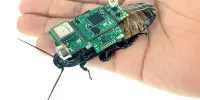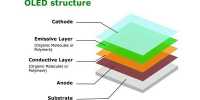While we wait for artificial intelligence (AI) to take over and start using our heads as paperweights, AI has already been put to some very cool purposes. It simply cannot be beaten, from cancer research to telling you what Ned Flanders might look like in real life. Hidreley Diao, a Bored Panda contributor, recently debuted his representations of cartoon characters as real-life persons. The artist began posting representations of famous historical figures on his Instagram feed, as if photography was available.
They’ve been focusing on Disney, The Simpsons, and other characters in recent weeks, primarily as a nice look at the characters and very infrequently as sheer nightmare fuel. Some of our faves are here; the rest may be found on his Instagram profile.
A new blood test powered by artificial intelligence can detect at least 50 different types of cancer, often before any symptoms or signs arise. It can even determine the type of cancer a patient is suffering from. While more work needs to be done, independent experts in the field have hailed the new research’s findings as promising. Machine learning algorithms can detect the existence of cancer in a person’s body by checking for telltale chemical changes in the blood, known as methylation, according to a new study published this week in the journal Annals of Oncology.
When methyl groups are introduced to the DNA molecule, the process is known as methylation. Cells use an epigenetic mechanism to control gene expression, or whether a gene is “on” or “off.” However, “mistakes” in methylation can result in improper gene silencing, such as tumor suppressor gene silencing, and illness, including cancer. The blood test looks for atypical patterns of methylation associated with specific types of cancer and targets around 1 million methylation sites in the human genome.
“This is a groundbreaking work that marks the beginning of the creation of simple screening tools.” Professor Fabrice André, editor-in-chief of Annals of Oncology, stated in a statement that earlier detection of more than half of malignancies could save millions of lives each year and drastically reduce morbidity caused by aggressive treatments.
















